|
We have explored the Gateway International Bridge (AKA the “New Bridge”) and the iconic Puerta México into Matamoros and now we will explore the main U.S. port of entry into Brownsville: the Gateway Port of Entry. Situated north of the Gateway Bridge (symbolic for demonstrating the transborder ties between the U.S. and Mexico), the Brownsville Gateway Port of Entry could also be considered symbolic due to its long history. If the Puerta México welcomes us to northeastern Mexico, is the Gateway Port of Entry similarly welcoming into South Texas? 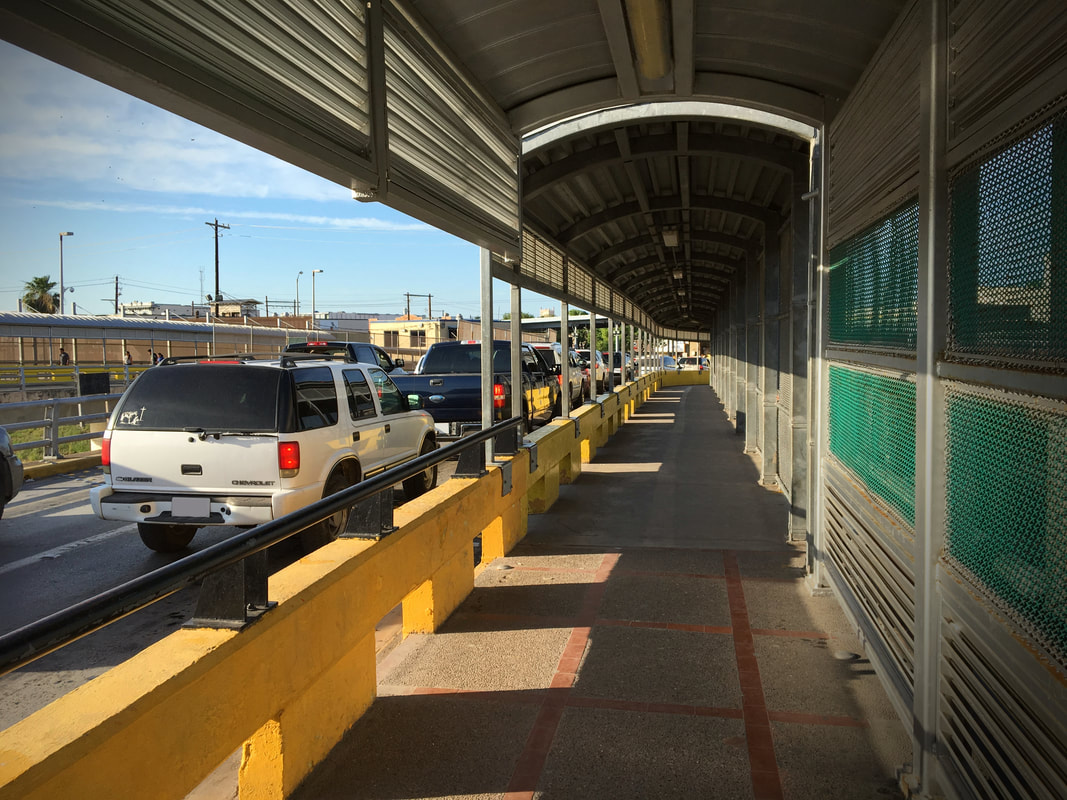 This vehicular and pedestrian crossing along the Gateway Bridge is the busiest border crossing between the sister communities of Brownsville and Matamoros. The international border is seen in the center of the image (note how the sidewalk surface changes, marking the dividing point between Mexico and the U.S.) The Brownsville-Santa Cruz Ferry Before crossing through the U.S. port of entry, let us see how much the site where this crossing is has changed over time. Before bridges existed here, border travelers had to cross the Rio Grande by boat. Ferry boat service in this crossing dates to 1826 (20 years before Brownsville’s founding) when it served as the main connection between Matamoros and the then-northern half of Matamoros across the river (an area that is now South Texas). This first service crossed near where the “Brownsville and Matamoros Bridge” (the “Old Bridge”) is located today. The establishment of Brownsville (1848) after the U.S.-Mexico War led to the founding of a new ferry service between the Garita de Santa Cruz and the area near the current Brownsville Gateway Port of Entry. Although numerous anecdotes exist of people who crossed the Rio Grande swimming, most people traveling between the two cities did so by ferry. As we noted earlier, the opening of the Gateway Bridge on July 4, 1928 greatly hurt the river ferry service. Although at one point hundreds of people crossed by ferry, the bridge took most ferry customers away. The dying ferry service was counting only a handful of passengers in its last days. A final trip on the afternoon of Tuesday, July 31, 1928, marked the end of the Matamoros and Brownsville ferry service. [2] 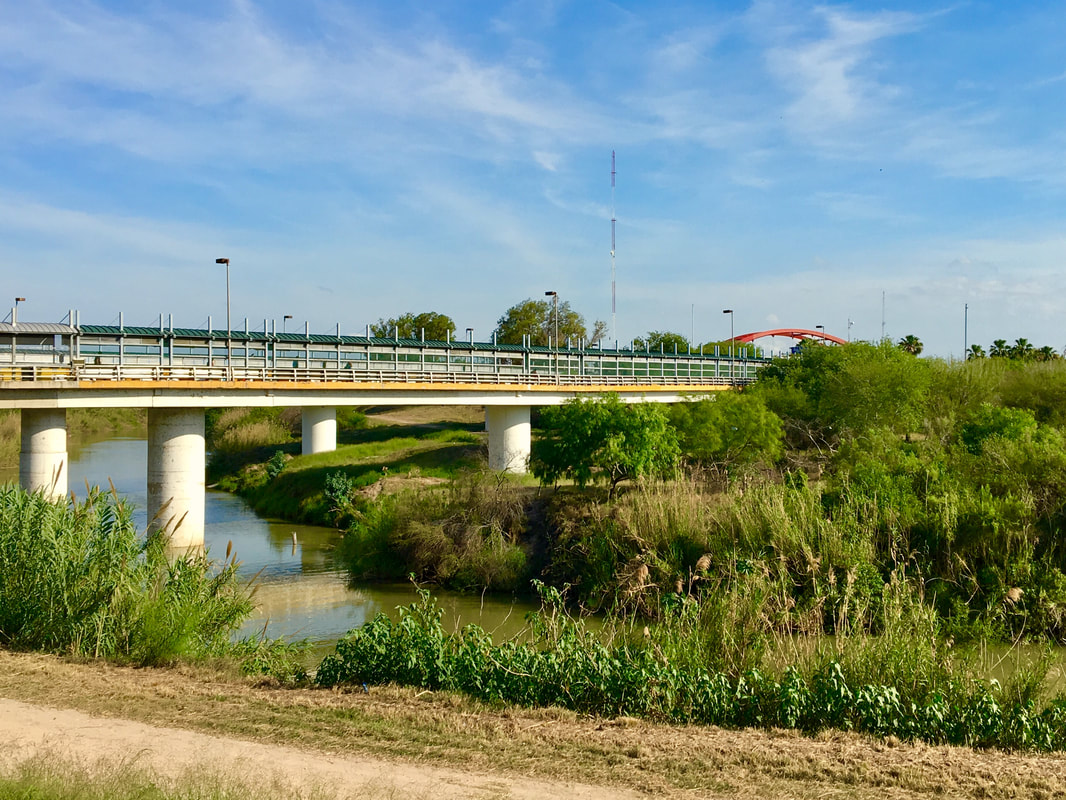 A view of the same area from the previous vantage point, a hundred years later. The increased human uses of the Rio Grande’s waters and prolonged drought conditions in the river’s upper regions in Colorado and New Mexico have led to a decrease in its water flow as the it makes its way to the Gulf of Mexico. A historical marker in Alice Hope Park near the Rio Grande explains the history of the ferry service between Brownsville and the Garita de Santa Cruz. Currently an imposing metal fence constructed in 2010 blocks access between the river and the South Texan city. Although it bears mentioning that a certain amount of justification exists for having a fence in this area of the city to maintain security – particularly in light of the explosive level of drug-related violence that existed in Tamaulipas in the 2000s and 2010s – the building of this fence (with support from Republican as well as Democratic politicians) represents a profound break with this river crossing deep past. [3] The first Brownsville Gateway ports of entryBrownsville Gateway Port of Entry (1961): A Modernist Border CrossingCrossing the border into the U.S. after our encounter with the Puerta México might be disappointing at least as far as architecture goes. Shortly before the Mexican government rebuilt its port of entry, the U.S. federal government built a modernist border station on its end of the Gateway Bridge. In the above aerial map, originally in the Brownsville Herald in 1957, the General Services Administration (GSA) showed its modernization plan for the port of entry. The numbers 1 and 2 represent lanes for vehicular entry and exit, respectively, from Brownsville.[5] The new port of entry project, costing $500,000 in 1960, showed signs of progress in this article from the February 2, 1960, Brownsville Herald. [6] John Garth York, a celebrated modernist architect working in the lower Rio Grande, designed the port of entry in a mid-century modern style to symbolize the agricultural region’s agricultural progress. Nevertheless, budget cuts forced York to simplify some of his design. Above we can see the mid-century modern Brownsville Gateway Port of Entry that entered service in spring 1961. [7] This image from the Brownsville Herald shows the start of operations at the new port of entry on March 4, 1961. The woman and other persons in this image are in the inspection area shown in the previous picture. [8] John Garth York’s mid-century modern Gateway Port of Entry (Google Streetview, May 2011). Today the U.S. port of entry is still anchored by John York’s mid-century modern building, although a greatly expanded vehicle inspection area obstructs its view. The office building’s interior shows signs of its heavy foot traffic. It is not uncommon for Mexican pedestrians to face angry, condescending U.S. Customs and Border Protection agents while waiting in line. Conclusion Like so many other border crossings, the Gateway Bridge and its surrounding ports of entry in Matamoros and Brownsville has changed considerably throughout its long history. Nevertheless, through our journey through the Garita de Santa Cruz (the first official border crossing of the modern U.S.-Mexico border), the Gateway Bridge, the functionalist open-armed Puerta México designed by Pani and the worn-out modernist port of entry designed by York, we can better appreciate the layered history of these sister cities in the extreme east of the Mexico-U.S. border. NOTES:[1] Jose Cazares, “Brownsville / Matamoros ferry boat history on our Border,” Bronsbil Estación Blogspot, 27 de agosto de 2016 (http://bronsbilestacion.blogspot.com/2016/08/brownsville-matamoros-ferry-boat-by.html).
[2] Cazares, “Brownsville / Matamoros ferry boat history on our Border,” Bronsbil Estación (http://bronsbilestacion.blogspot.com/2016/08/brownsville-matamoros-ferry-boat-by.html). [3] Jazmine Ulloa, “Border fence construction nears completion in Hope Park,” Brownsville Herald, December 26, 2010 (http://www.brownsvilleherald.com/news/valley/border-fence-construction-nears-completion-in-hope-park/article_7226df01-4ad3-5ac5-9855-b77ba6f01870.html); April Reese, “U.S.-Mexico fence building continues despite Obama's promise to review effects,” New York Times, April 16, 2009 (https://archive.nytimes.com/www.nytimes.com/gwire/2009/04/16/16greenwire-usmexico-fence-building-continues-despite-obam-10570.html?pagewanted=1); Ben Wofford, “Did Clinton once want to build 'a wall' too?” Politico, October 16, 2016 (https://www.politico.com/blogs/2016-presidential-debate-fact-check/2016/10/did-clinton-once-want-to-build-a-wall-too-230026). [4] Jose Cazares, “1928 ~ First Steel: Building the Gateway Bridge (Part 2),” Bronsbil Estación Blogspot, 25 de octubre 2016 (http://bronsbilestacion.blogspot.com/2016/10/1928-first-steel-building-gateway.html); “Brownsville, Texas Postcard US Custom House Gateway Bridge Mexico Border Linen,” PicClick (https://picclick.com/Brownsville-Texas-Postcard-US-Custom-House-Gateway-Bridge-371963507503.html#&gid=1&pid=1). [5] “Crossing Station Will ‘Face Lift’ Bridge Site,” Brownsville Herald, March 24, 1957, pg. 1. [6] “Border Building Site Cleared,” Brownsville Herald, February 2, 1960, pg. 1. [7] RGVMOD, “Aerial of Puerta Mexico and U.S. Border Services Building in Brownsville,” Rio Grande Valley Modern Blog, March 6, 2014 (http://www.rgvmod.com/aerial-of-puerta-mexico-and-u-s-border-services-building-in-brownsville/); “John G. York: An Inventory of his Drawings and Records, 1940-1977,”Alexander Architectural Archive, University of Texas at Austin (https://legacy.lib.utexas.edu/taro/utaaa/00036/aaa-00036.html; Brownsville Herald, March 4, 1961, pg. 1; “La construcción del edificio fdal. En B’Ville,” El Heraldo de Brownsville, November 1, 1960, pg. 1. [8](New Bridge Building in Partial Use,” Brownsville Herald, March 5, 1961, pg. 1. [9] Cazares, “1928 ~ First Steel: Building the Gateway Bridge (Part 2),” Bronsbil Estación (http://bronsbilestacion.blogspot.com/2016/10/1928-first-steel-building-gateway.html) [10] “BROWNSVILLE, Texas, PU-1959; U.S. Customs And Immigration Office, Brownsville Bridge,”Playle.com (https://www.playle.com/listing.php?i=SCVIEW470091) [11] Photo by Tim Rohan in, “Football in the Land of Bridges and Walls,” Sports Illustrated, November 1, 2016 (https://www.si.com/mmqb/2016/11/01/high-school-football-brownsville-texas-matamoros-mexico-immigration). #brownsville #texas #southtexas #tamaulipas #matamoros #gatewaybridge #gatewayportofentry #johnyork #portofentry #bordercrossing
1 Comment
|
Carlos Parra
U.S.-Mexican, Latino, and Border Historian Archives
January 2021
Categories
All
|
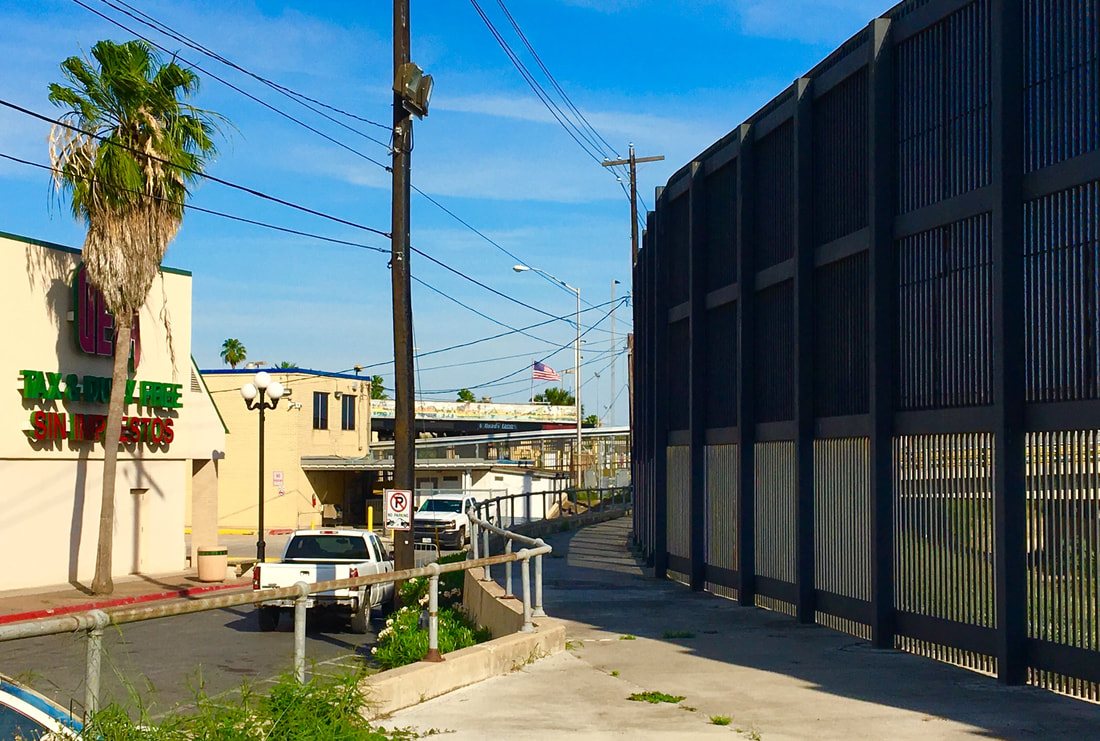
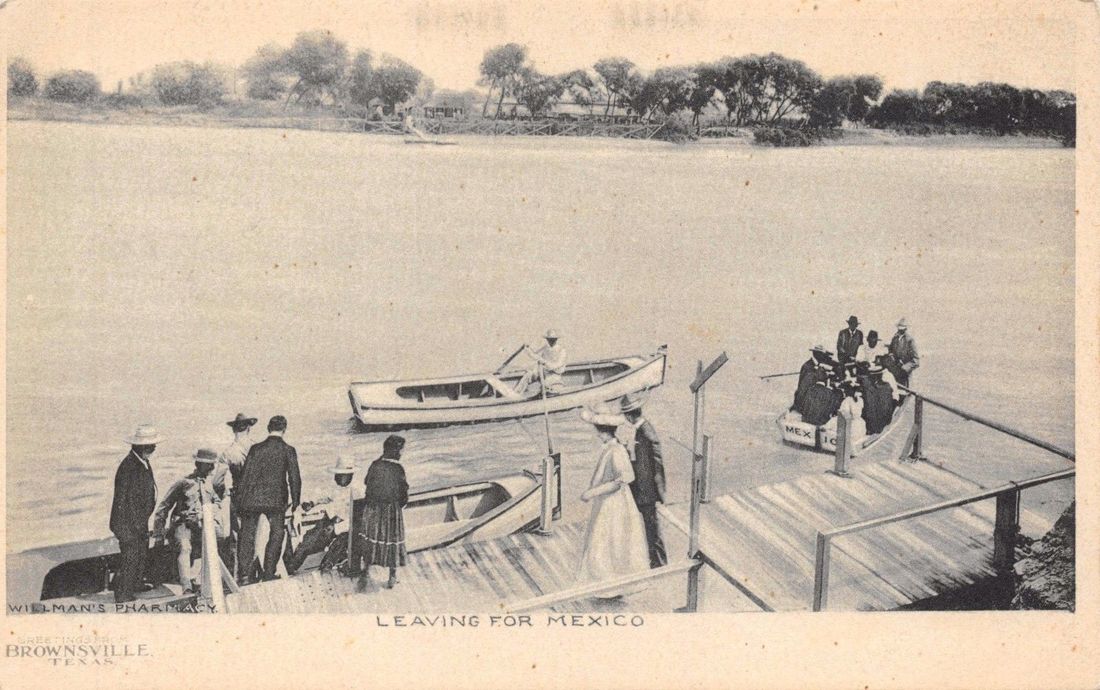
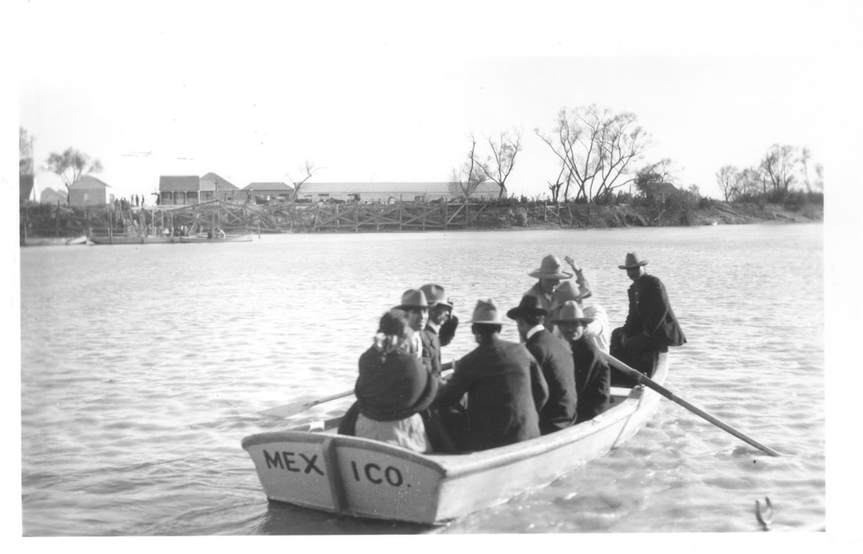
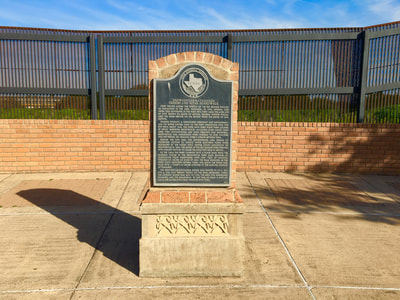
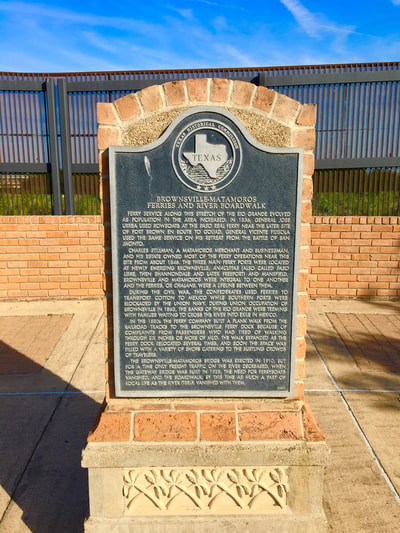
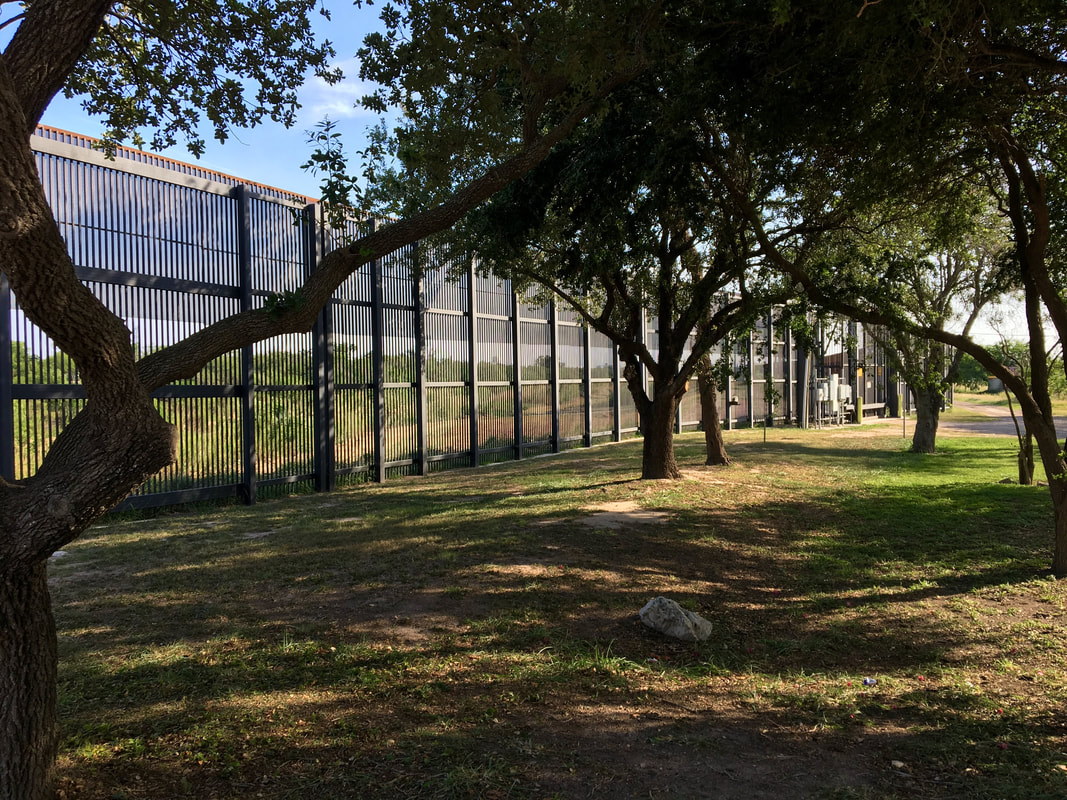
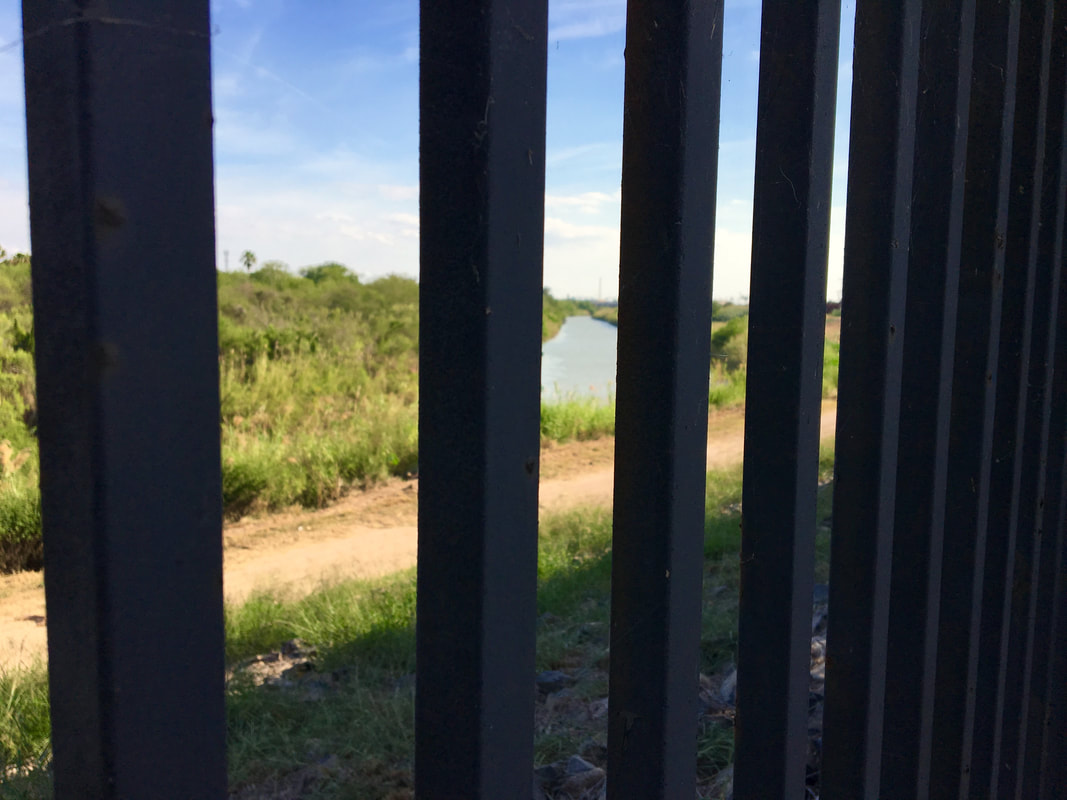
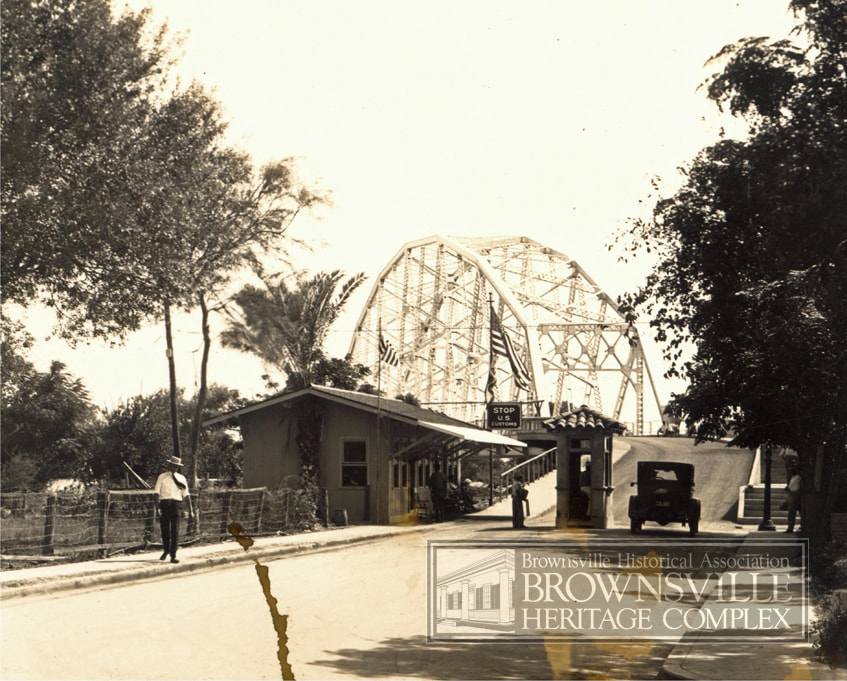
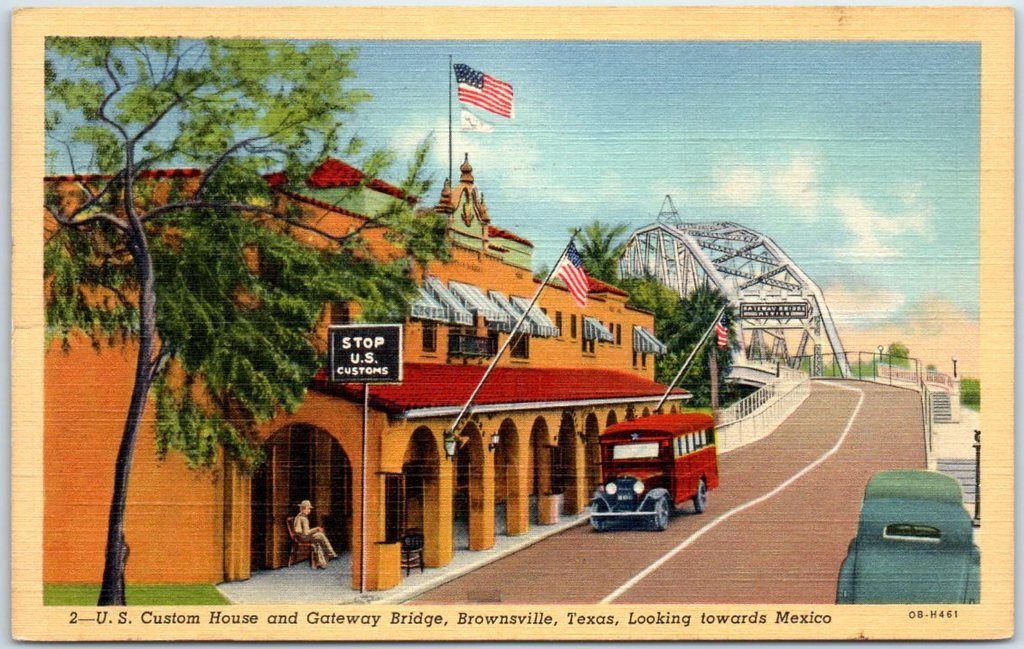
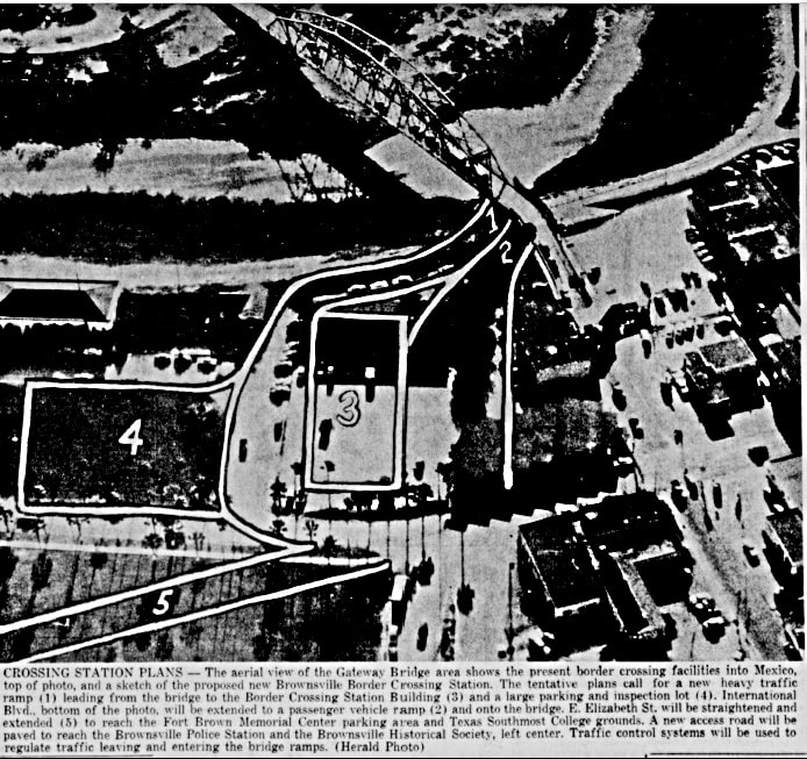
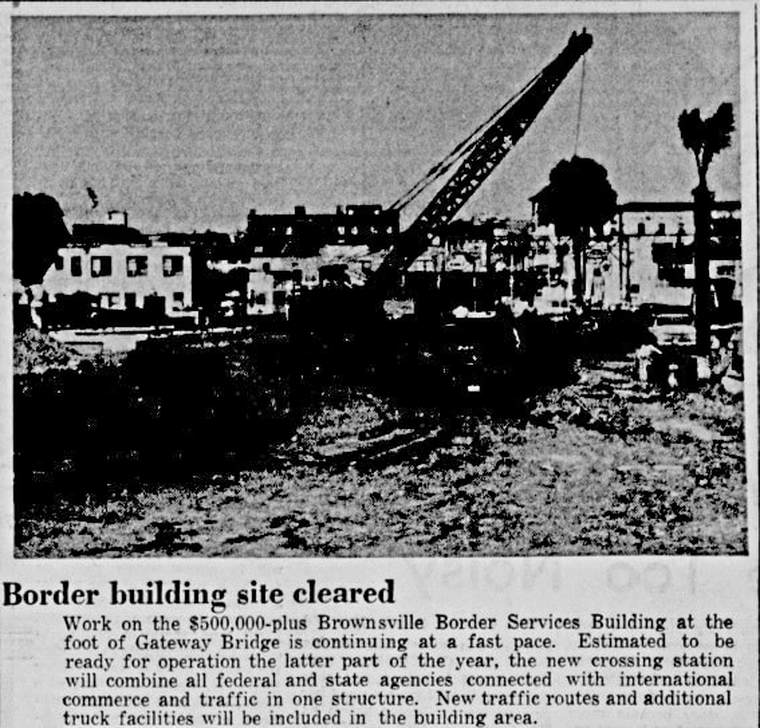
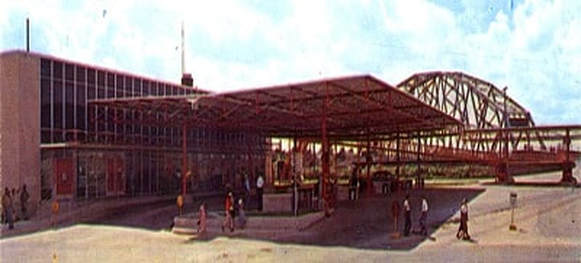
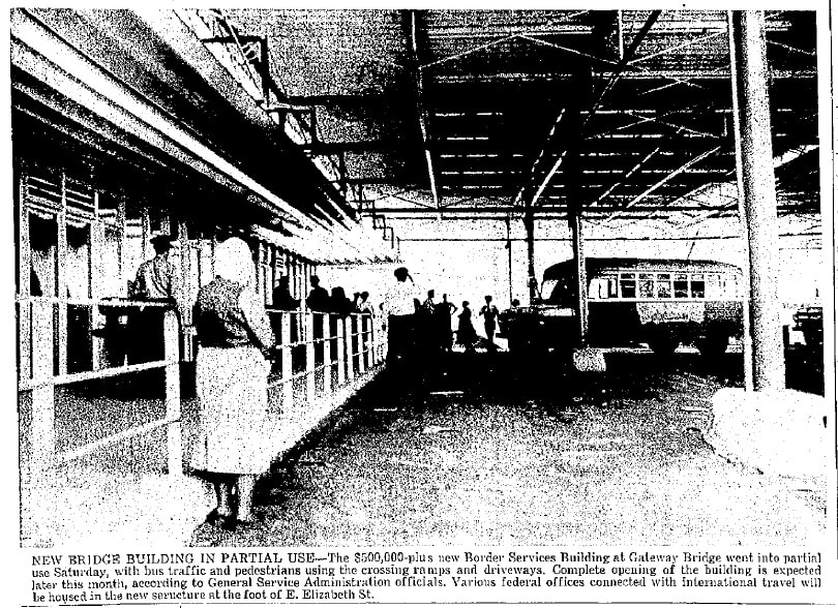
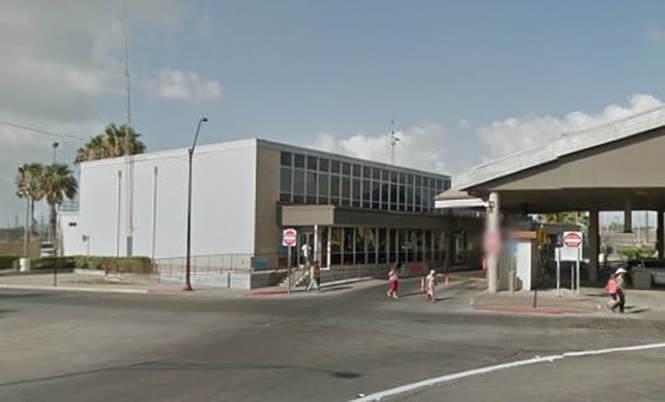
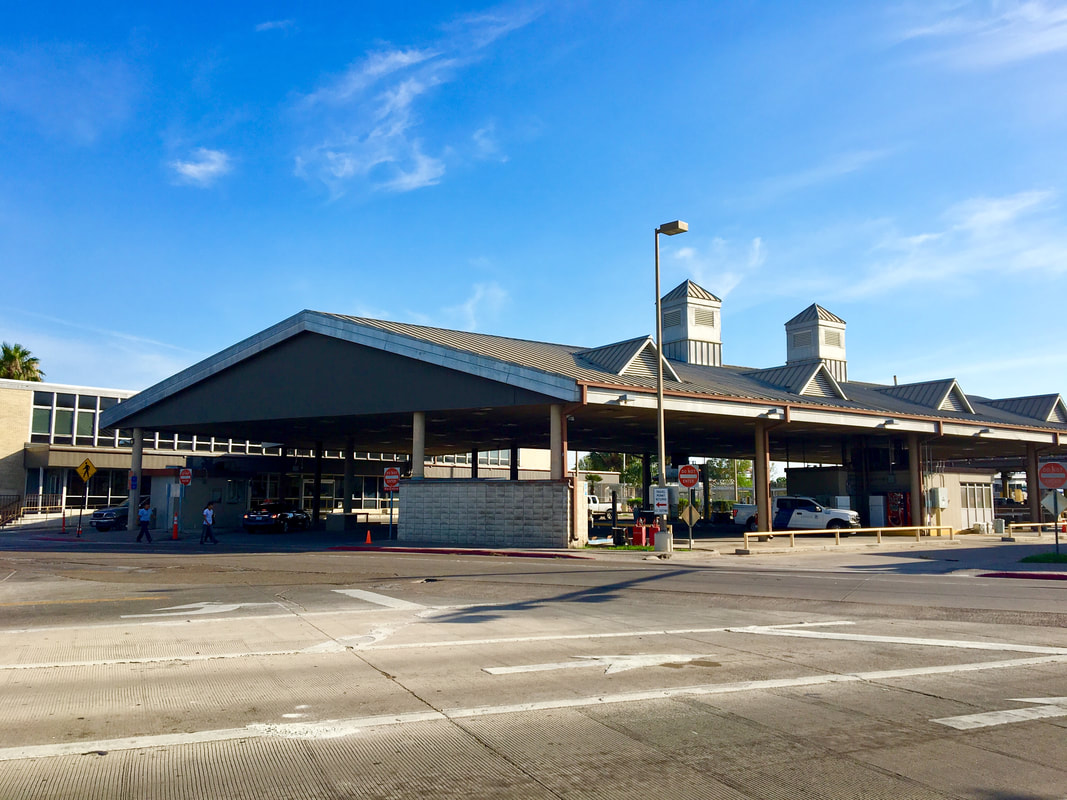
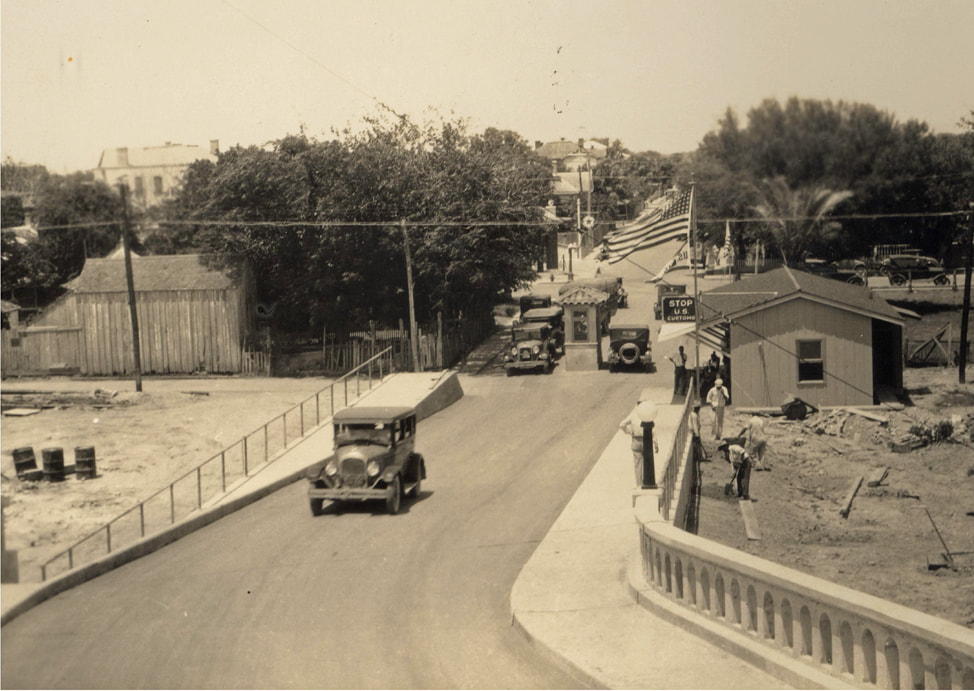
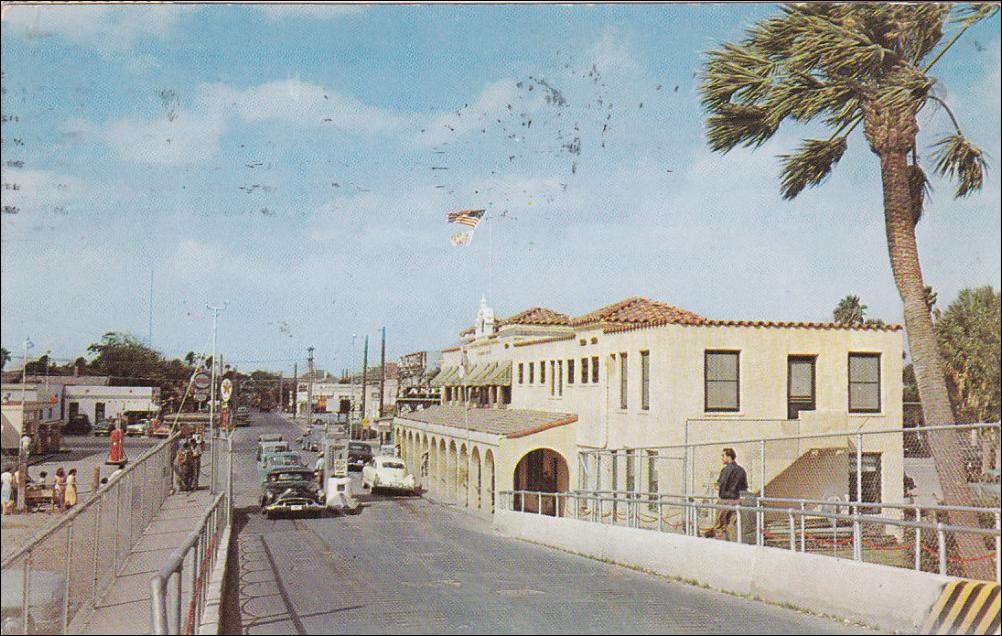
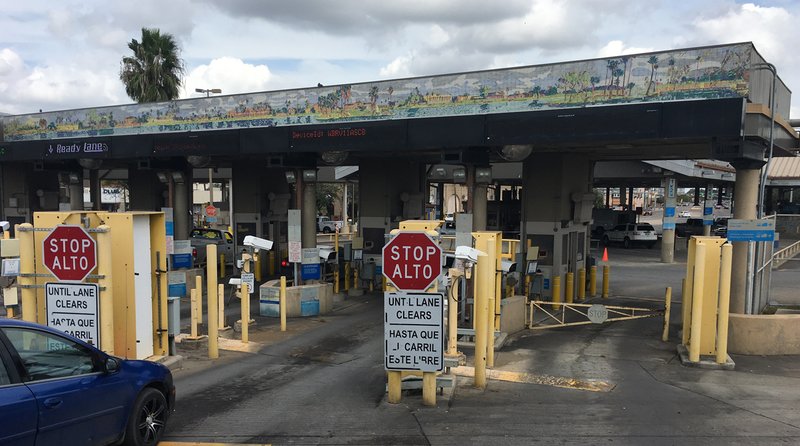
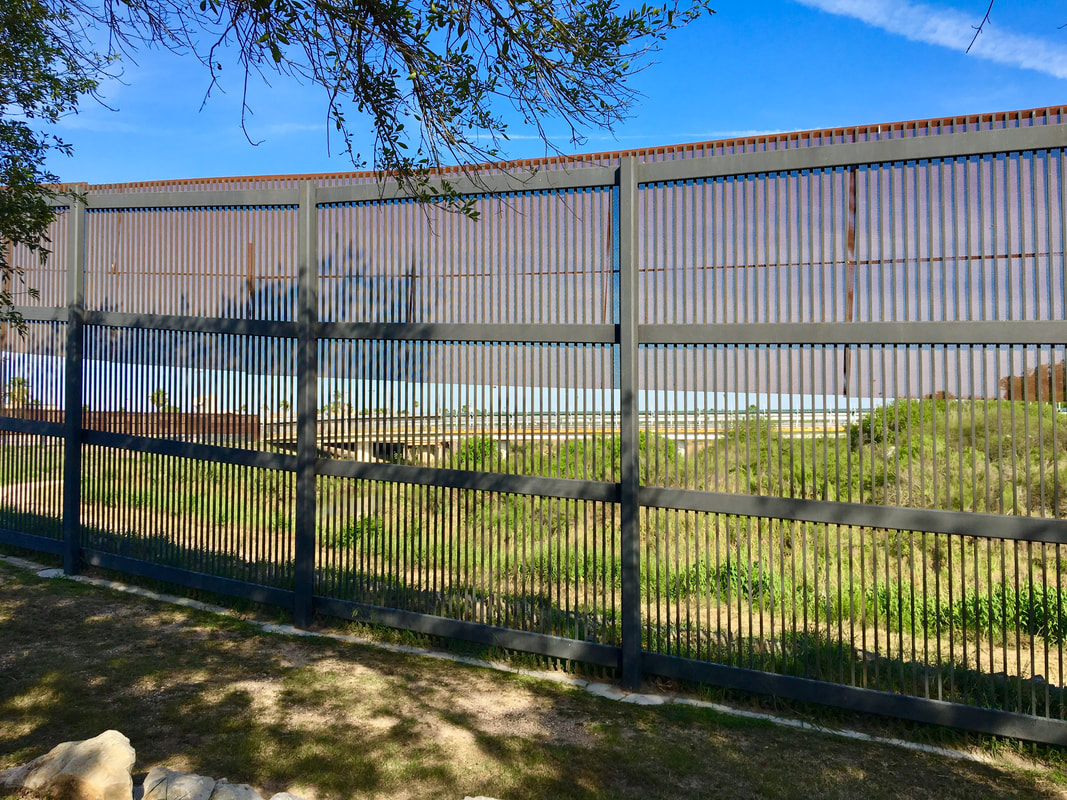
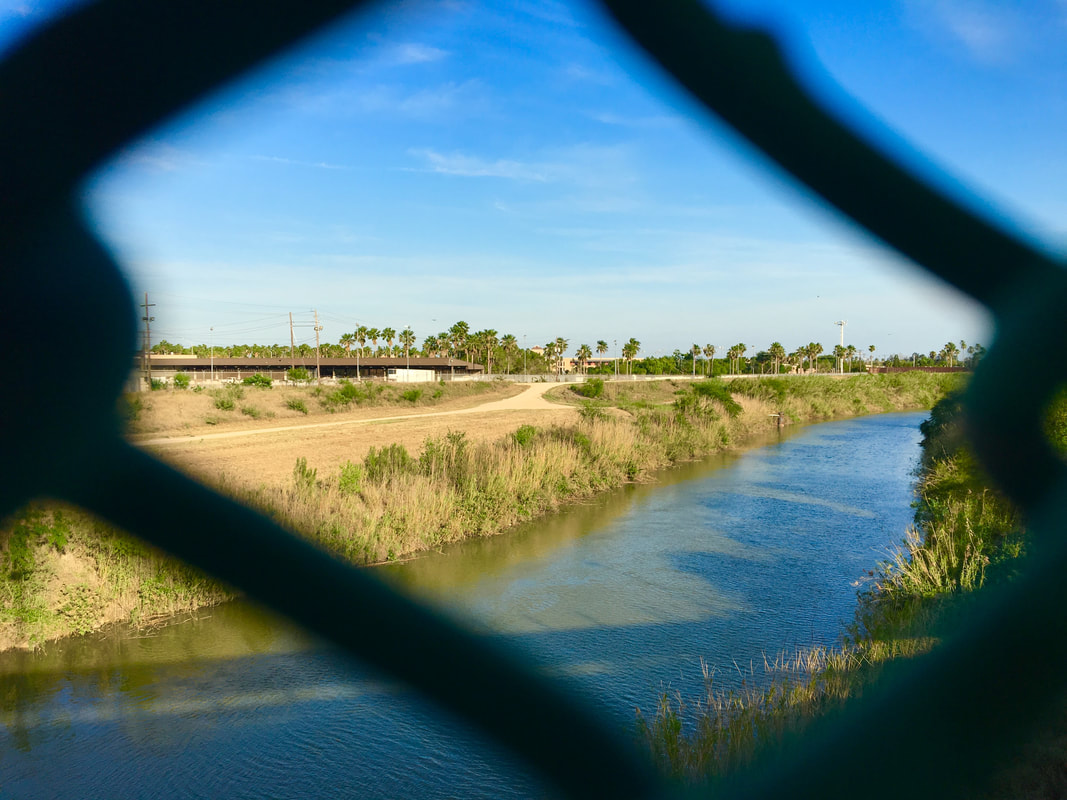
 RSS Feed
RSS Feed